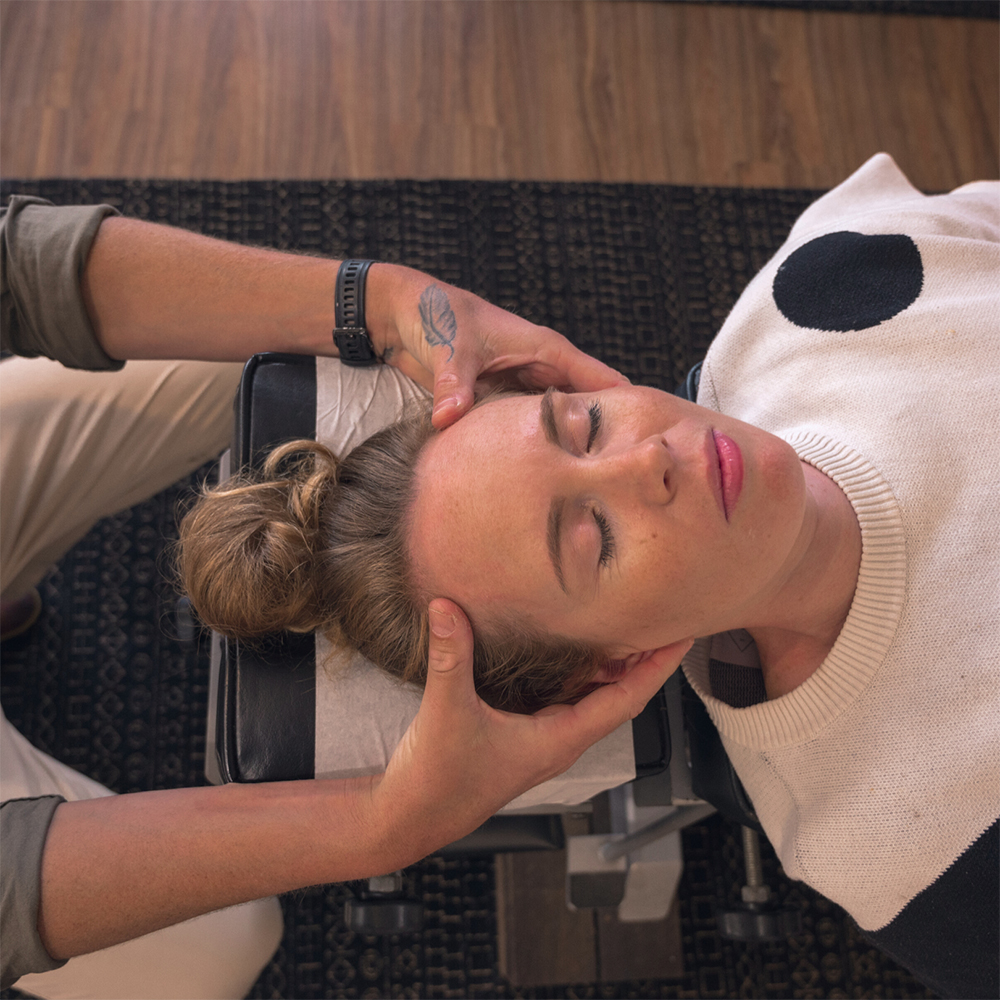
Understanding and Managing Stiffness in the Back and Neck
Stiffness in the back and neck is a common issue that affects millions of people worldwide. It can range from a minor inconvenience to a debilitating condition that significantly impacts daily life. Understanding the causes, prevention, and treatment of this stiffness is crucial for maintaining overall well-being and quality of life.
Common Causes
- Poor Posture: One of the most prevalent causes of stiffness in the back and neck is poor posture, especially for individuals who spend long hours sitting at a desk or using electronic devices.
- Muscle Strain: Overexertion or sudden movements can strain the muscles, leading to stiffness. This is often seen in individuals who engage in physical activities without proper warm-up or stretching.
- Sedentary Lifestyle: Lack of physical activity can cause muscles to become weak and stiff. Regular movement is essential for keeping muscles flexible and strong.
- Injury: Trauma from accidents or falls can cause injuries to the muscles, ligaments, or discs in the spine, resulting in stiffness and pain.
- Medical Conditions: Conditions such as arthritis, herniated discs, and degenerative disc disease can cause chronic stiffness in the back and neck.
Symptoms to Watch For
- Persistent pain and stiffness, particularly after waking up or sitting for long periods.
- Limited range of motion in the neck or back.
- Headaches, which can be related to neck stiffness.
- Muscle spasms or sharp pain during certain movements.
Prevention Tips
- Maintain Good Posture: Whether sitting, standing, or sleeping, maintaining proper posture can significantly reduce the risk of developing stiffness. Ensure your workspace is ergonomically set up, with your computer monitor at eye level and your chair supporting your lower back.
- Stay Active: Regular physical activity, including stretching and strengthening exercises, can keep your muscles flexible and strong. Activities such as yoga, Pilates, and swimming are particularly beneficial.
- Ergonomic Adjustments: Make necessary adjustments to your workspace and daily routines to promote better posture and movement. Use supportive chairs, take frequent breaks to stand and stretch, and avoid cradling your phone between your neck and shoulder.
- Warm-Up and Cool Down: Before engaging in physical activities, ensure you warm up properly to prepare your muscles. Similarly, cool down and stretch after exercising to prevent stiffness.
Treatment Options
- Physical Therapy: A physical therapist can design a personalized exercise program to improve flexibility, strength, and posture, helping to alleviate stiffness.
- Massage Therapy: Regular massages can help relax tight muscles and improve blood flow, reducing stiffness and promoting healing.
- Medications: Over-the-counter pain relievers and anti-inflammatory medications can provide temporary relief from stiffness and pain. Always consult with a healthcare professional before starting any medication.
- Heat and Cold Therapy: Applying heat can relax and loosen tissues, while cold therapy can reduce inflammation and numb the area, providing relief from stiffness and pain.
- Chiropractic Care: Chiropractors can perform adjustments to the spine, helping to improve alignment and reduce stiffness.
When to See a Doctor
While stiffness in the back and neck is often a minor issue, it can sometimes indicate a more serious underlying condition. Seek medical attention if you experience:
- Severe or persistent pain that doesn’t improve with self-care.
- Numbness, tingling, or weakness in the arms or legs.
- Difficulty controlling bladder or bowel functions.
- Unexplained weight loss or fever.
Conclusion
Stiffness in the back and neck is a common problem, but it doesn’t have to be a permanent one. By understanding the causes and implementing preventive measures, you can significantly reduce your risk of developing stiffness. If you do experience persistent stiffness, a range of treatment options are available to help you find relief and improve your quality of life. Always consult with a healthcare professional for a proper diagnosis and treatment plan tailored to your specific needs.
By taking proactive steps, you can keep your back and neck healthy and free from stiffness, allowing you to enjoy a more active and pain-free life.

